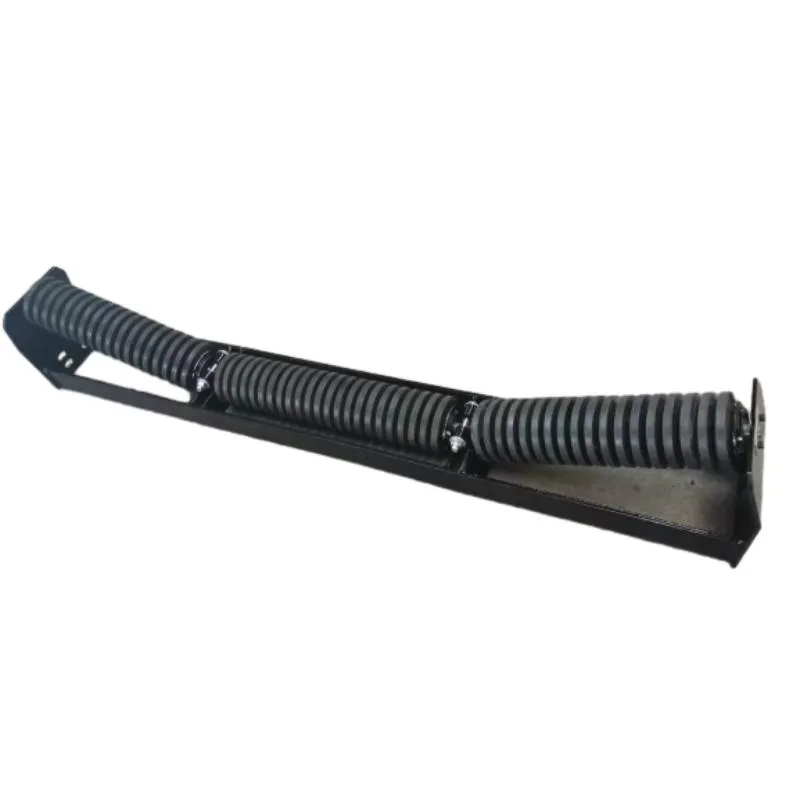 Afrikaans
Afrikaans  Albanian
Albanian  Amharic
Amharic  Arabic
Arabic  Armenian
Armenian  Azerbaijani
Azerbaijani  Basque
Basque  Belarusian
Belarusian  Bengali
Bengali  Bosnian
Bosnian  Bulgarian
Bulgarian  Catalan
Catalan  Cebuano
Cebuano  Corsican
Corsican  Croatian
Croatian  Czech
Czech  Danish
Danish  Dutch
Dutch  English
English  Esperanto
Esperanto  Estonian
Estonian  Finnish
Finnish  French
French  Frisian
Frisian  Galician
Galician  Georgian
Georgian  German
German  Greek
Greek  Gujarati
Gujarati  Haitian Creole
Haitian Creole  hausa
hausa  hawaiian
hawaiian  Hebrew
Hebrew  Hindi
Hindi  Miao
Miao  Hungarian
Hungarian  Icelandic
Icelandic  igbo
igbo  Indonesian
Indonesian  irish
irish  Italian
Italian  Japanese
Japanese  Javanese
Javanese  Kannada
Kannada  kazakh
kazakh  Khmer
Khmer  Rwandese
Rwandese  Korean
Korean  Kurdish
Kurdish  Kyrgyz
Kyrgyz  Lao
Lao  Latin
Latin  Latvian
Latvian  Lithuanian
Lithuanian  Luxembourgish
Luxembourgish  Macedonian
Macedonian  Malgashi
Malgashi  Malay
Malay  Malayalam
Malayalam  Maltese
Maltese  Maori
Maori  Marathi
Marathi  Mongolian
Mongolian  Myanmar
Myanmar  Nepali
Nepali  Norwegian
Norwegian  Norwegian
Norwegian  Occitan
Occitan  Pashto
Pashto  Persian
Persian  Polish
Polish  Portuguese
Portuguese  Punjabi
Punjabi  Romanian
Romanian  Russian
Russian  Samoan
Samoan  Scottish Gaelic
Scottish Gaelic  Serbian
Serbian  Sesotho
Sesotho  Shona
Shona  Sindhi
Sindhi  Sinhala
Sinhala  Slovak
Slovak  Slovenian
Slovenian  Somali
Somali  Spanish
Spanish  Sundanese
Sundanese  Swahili
Swahili  Swedish
Swedish  Tagalog
Tagalog  Tajik
Tajik  Tamil
Tamil  Tatar
Tatar  Telugu
Telugu  Thai
Thai  Turkish
Turkish  Turkmen
Turkmen  Ukrainian
Ukrainian  Urdu
Urdu  Uighur
Uighur  Uzbek
Uzbek  Vietnamese
Vietnamese  Welsh
Welsh  Bantu
Bantu  Yiddish
Yiddish  Yoruba
Yoruba  Zulu
Zulu different types of conveyor rollers
Different Types of Conveyor Rollers
Conveyor rollers are pivotal components of conveyor systems, utilized extensively in industrial applications for the efficient transport of goods and materials. These rollers serve as the backbone of conveyor systems, facilitating smooth movement and enhancing productivity. Understanding the various types of conveyor rollers and their specific applications is crucial for optimizing any conveyor system.
One of the most common types of conveyor rollers is the standard roller, typically made from steel but also available in plastic or aluminum. Standard rollers are designed for a variety of applications, suitable for light to heavy loads. They can be used in a wide range of environments, from warehouses to manufacturing facilities. Their primary function is to support the conveyor belt and enable the smooth transit of items, making them essential for conveying operations.
Different Types of Conveyor Rollers
Return rollers are also essential in conveyor systems. These rollers are located underneath the conveyor belt and serve to support the belt as it returns to the top level. They help maintain proper tension and alignment, critical for the smooth operation of the conveyor. Return rollers also play a role in preventing belt sagging and minimizing wear and tear on both the rollers and the belt itself.
different types of conveyor rollers

In specific situations, impact rollers are employed, especially in areas where materials are loaded onto the conveyor. Impact rollers are designed with a durable structure to absorb shock and reduce wear on the conveyor system when heavy items are introduced. They are commonly found in industries like mining and bulk handling, where the loading process can create significant stresses on conveyor components.
Additionally, idler rollers serve an important function. Idler rollers are not driven; instead, they support the weight of the conveyor belt and the products being moved. They help to maintain the belt's shape and reduce friction, improving the overall efficiency of the conveyor system. Various configurations of idler rollers exist, such as troughing rollers that allow for the transportation of bulk materials on a sloped surface.
Specialized rollers also exist for unique applications. For instance, magnetic rollers can assist in the transportation of ferrous materials, while roller beds provide additional support for items as they move along the conveyor system. These specialized rollers are often tailored to meet specific industrial needs, highlighting the versatility of conveyor roll systems.
Moreover, advancements in technology have led to the creation of plastic rollers, which are lighter and can withstand various environmental factors, such as corrosion. They are commonly used in food processing and packaging industries, where hygiene is paramount.
In conclusion, conveyor rollers come in various types, each designed for specific applications and functions. Whether they are standard, grooved, return, impact, idler, or specialized rollers, each type contributes to the overall efficiency and effectiveness of conveyor systems. Understanding these differences is essential for industries reliant on material handling, ensuring optimal performance and longevity of conveyor operations.
-
Trusted Conveyor Solutions from Leading Conveyor Idler Roller ManufacturersNewsJun.27,2025
-
Reliable Return Idler Solutions for Efficient Belt Conveyor SystemsNewsJun.27,2025
-
Precision Conveyor Accessories for Streamlined Material HandlingNewsJun.27,2025
-
High-Quality Belt Conveyor Idler Solutions for Efficient Material HandlingNewsJun.27,2025
-
High-Performance Belt Conveyor Pulleys for Reliable Material HandlingNewsJun.27,2025
-
Enhancing Material Handling EfficiencyNewsJun.27,2025





























